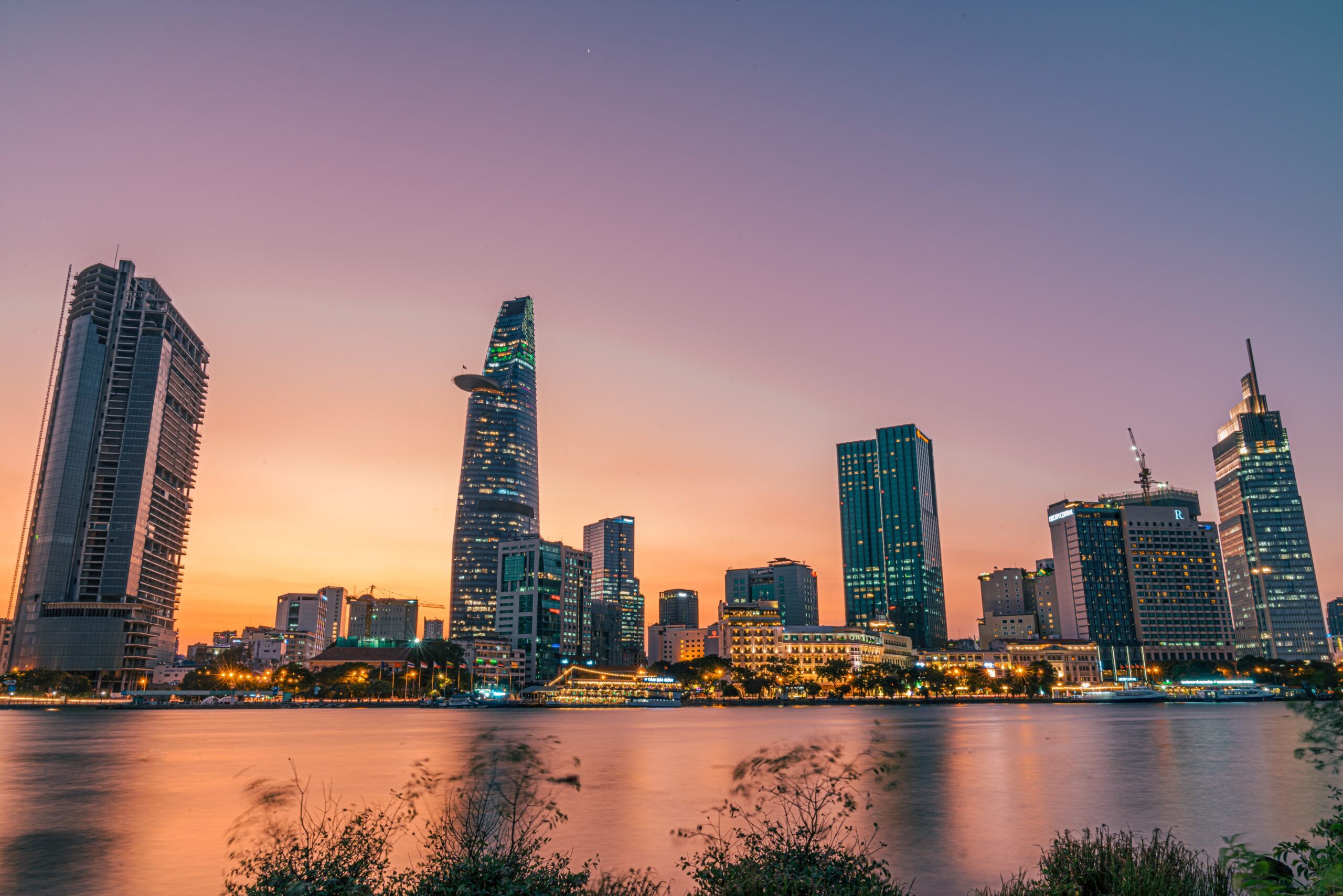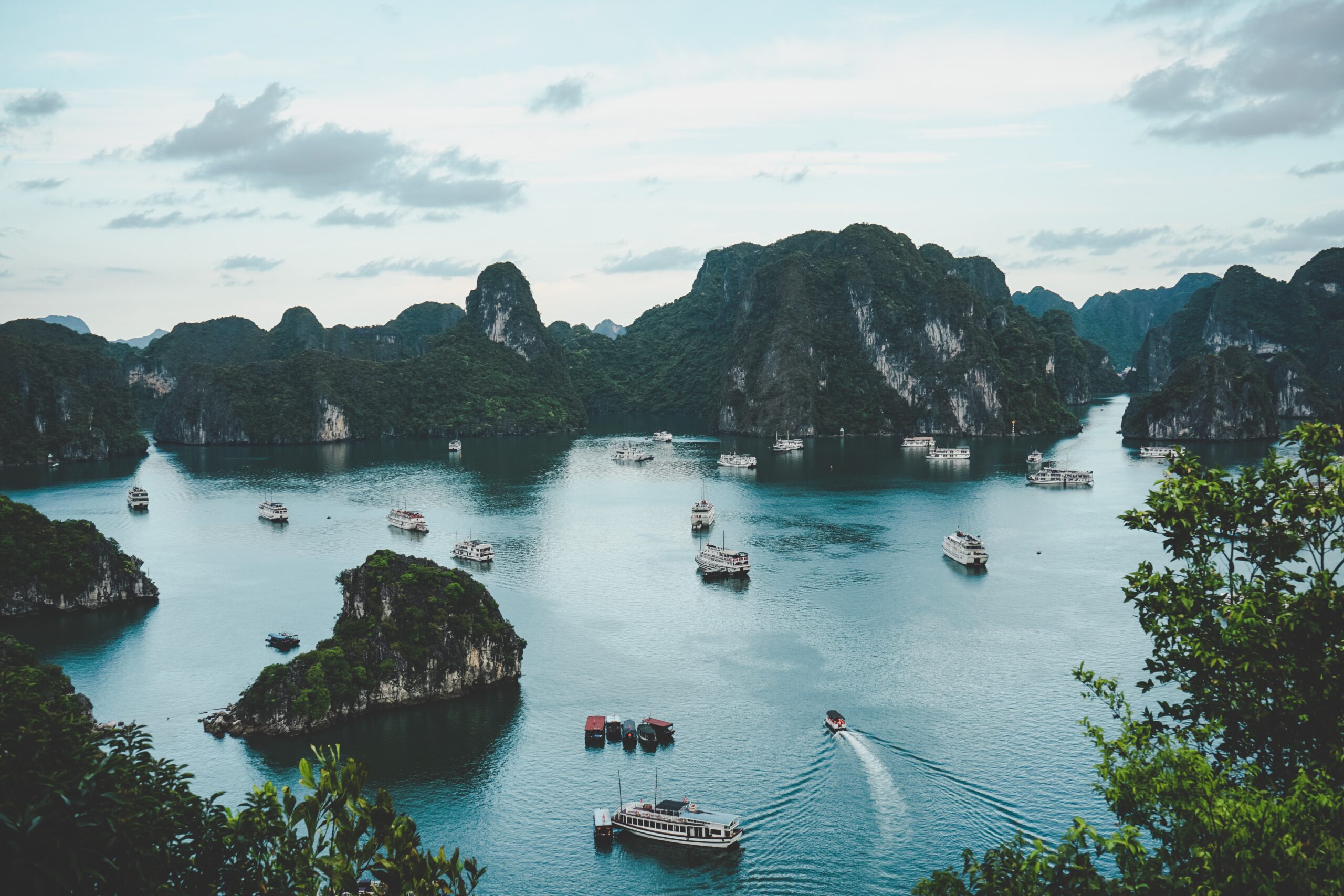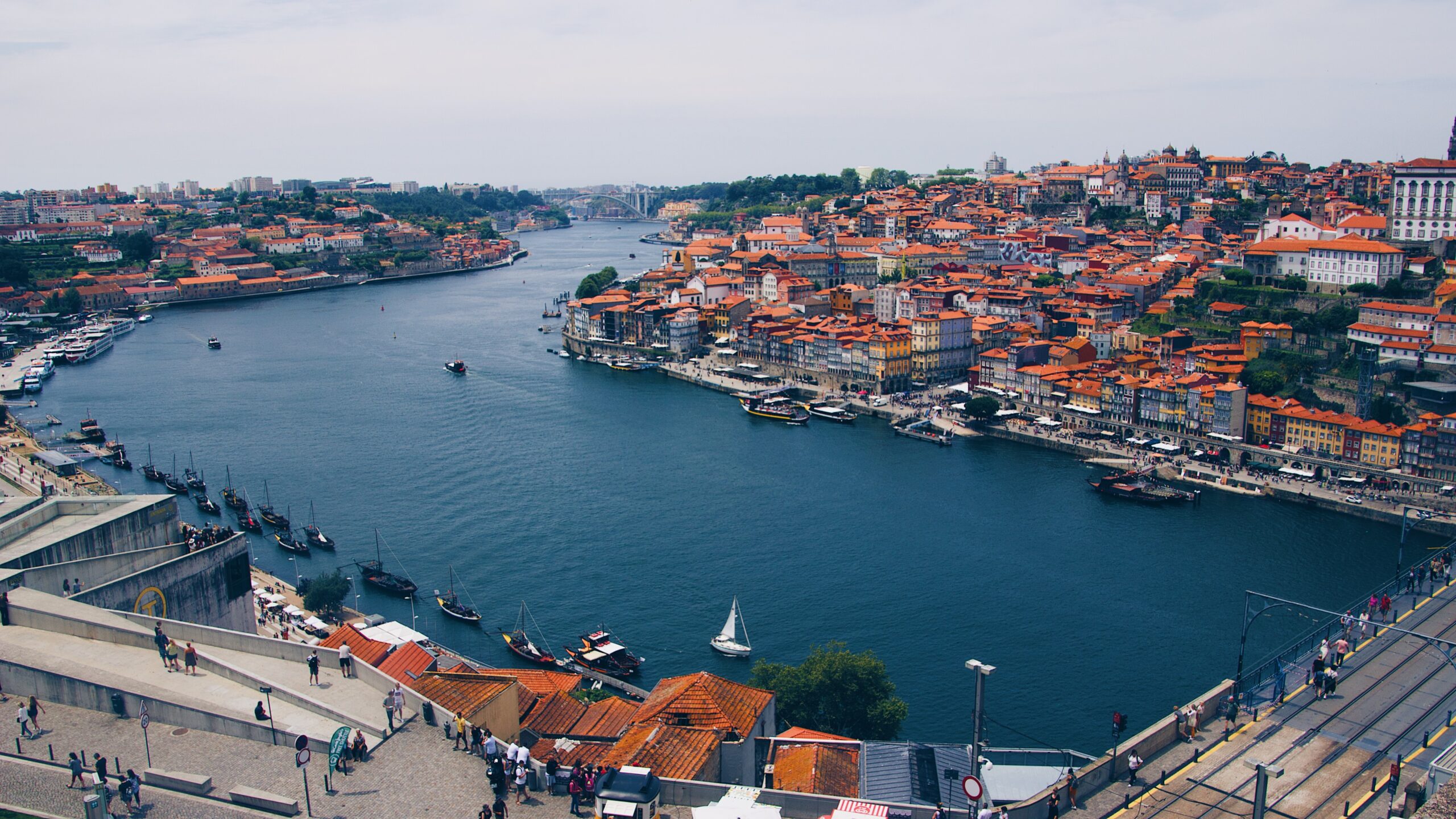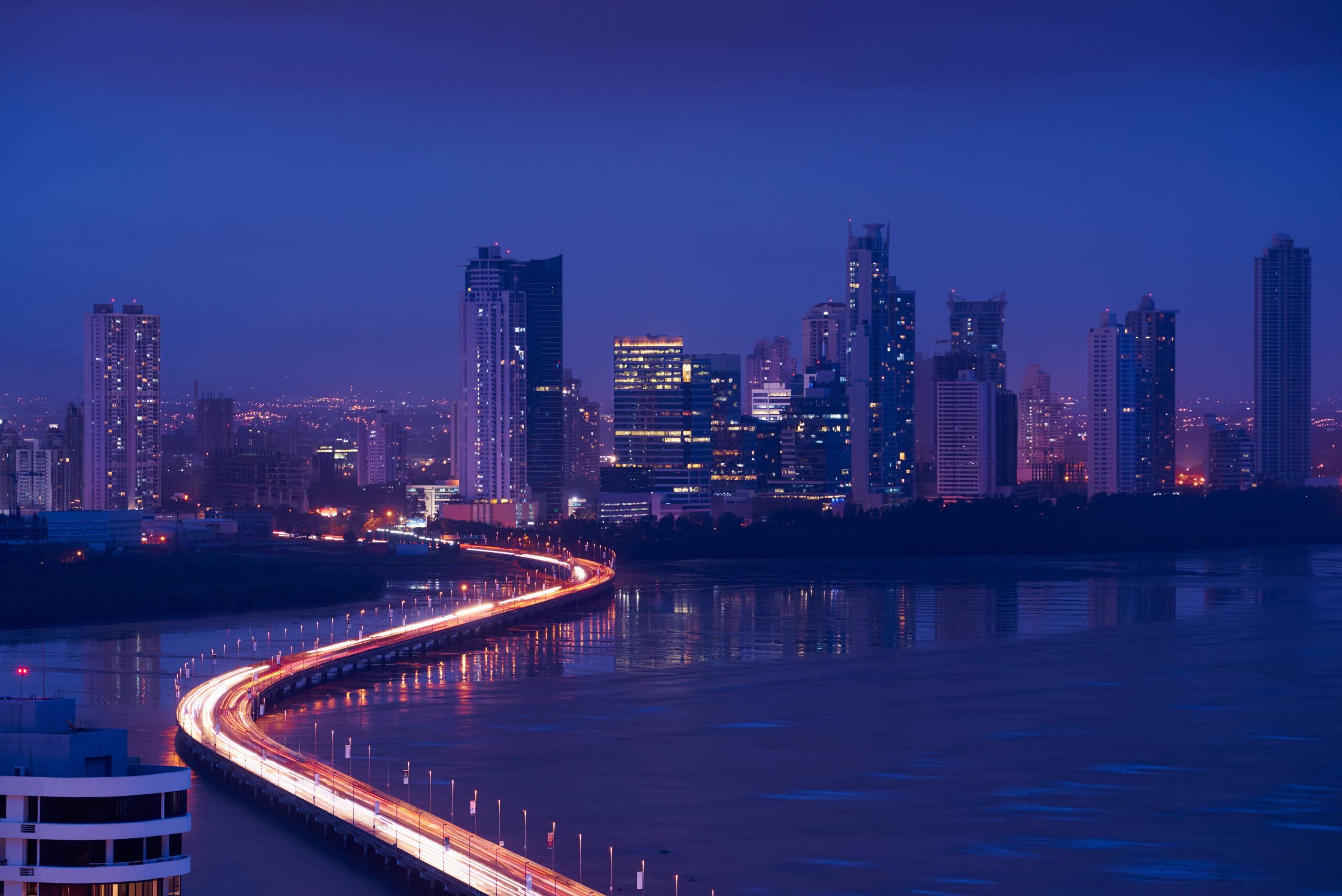As a way to stretch one’s retirement dollars to its maximum potential, sometimes moving abroad is the best answer. Not only does living in another country provide one with experiences that they would not otherwise have in their own country, in some cases, it can also be beneficial in terms of the budget, considering that there was enough money to make the big move and transport things like furniture and even vehicles to the next destination. But just because there is enough money saved up in the bank doesn’t mean that anyone can just jump over to their desired country.
There are certain factors to consider first. And that is the reason why the 2021 Annual Global Retirement Index was created; to provide people with information in choosing where they will live after retirement, according to InternationalLiving.com. The Index is a comprehensive and in-depth survey that is based on hundreds of opinions and real-life experiences by various people in the most popular retirement spots around the world. It acts as a tool for readers to compare different destinations, and eventually narrow down their choices where they want to eventually retire. According to the research done, the following countries are 2021’s best retirement destinations on our list:
5. Vietnam
Vietnam has had a phenomenal rise over the last half-century to become one of the premier destinations in the world. A country that was torn apart by a war half a century ago now holds one of the strongest economies in Asia. It is easy to see the development. From high-rise condominiums to gated communities with private yacht clubs and international schools. It has become clear that Vietnam has opened itself up to the international market. But Vietnam has not paid for its modernization at the cost of its tradition. Like Malaysia and Thailand, it holds dear ancient ceremonies that make up its rich culture and history.
The glamorous mansions that were left by the French occupation are now home to embassies, government offices, and elaborate and even fancier restaurants. The city is littered with various parks, each of them still carrying some semblance of their European roots. And yet, amidst all this, there will still be the sprawling shopping center that will cater to any tourist’s needs, whether it be ornate jewelry or the latest mobile phone. The occasional tourist will find restaurants serving up various types of cuisine from the freshest seafood to the most succulent spring rolls. A favorite among locals and tourists alike is the “hot pot”, a mix of seafood and vegetables in a broth that will warm you to the bones.
The food is fresh and healthy, with complex flavors expertly blended to create unique dishes. The country is also famous for its coffee—strong, rich, and locally grown, it’s a source of pride for the Vietnamese, who are its biggest consumers. Vietnam has become a favorite spot for retirees, largely due to the fact that the exchange rate favors the dollar so much.
Living in the most expensive cities like Hanoi and Ho Chi Minh City will cost around $1500, and that is already a comfortable living. So it is easy to see why more and more retirees and pensioners flock to Vietnam as a means to live their “second life”. Most of the locals speak English and the Vietnamese language is quite easy to pick up. This makes it an easy place to make friends since the locals are so warm and welcoming. Foreigners living in Vietnam will find that after less than three months of living in the country, they will have made a handful of acquaintances, and it doesn’t take long before one of the locals invites you to their humble abode for a simple dinner.

The beaches are another draw for tourists as they flock to these areas in the masses over the weekends. Vietnam has over 2000 miles of beaches that run the entire length of the country. Popular spots like Da Nang and N ha Trang have beautiful beaches, and are not too far from the city centers themselves, providing tourists the best of both worlds. Other places like Mui Ne, a south-central village, and The southern island of Phu Quoc are more coastal and further away from the hustle and bustle of the busy metropolis. The mountain scenery is also quite a sight to behold and can be seen from almost every point in Vietnam. There are scenic landscapes like Halong Bay and Sapa, villages overlooking terraced rice fields that extend to the horizon.

Vietnam is an Asian travel hub. The airport in Hanoi and Ho Chi Minh City offers flights to major global destinations, including direct, nonstop flights to the U.S. There is a range of budget airlines like VietJet Air and Pacific Airlines that offer low fares, while the country’s signature carrier, Vietnam Airlines, offers full-service flights.
4. Portugal
This country is located in the southwest of Europe and offers miles of sandy beaches, the lush green hills of its countryside as well as some of the best healthcare systems in the world. The cost of living in Portugal is also relatively low and it remains a frequent destination for people to retire in. Like Vietnam, the Portuguese are friendly and open to tourists and visitors. Most people speak English as it is taught in the schools, another point to make this a retirement destination. Lisbon, its capital, is rich with museums, palaces, and nightlife.
Portugal’s second-largest city, Porto, can be found in the north and is world-famous for its local port wine, its university population, and the magnificent tours along the Douro river. It hosts three airports, one of which is an international one, making it easy for tourists and travelers alike to visit. Portugal also boasts an excellent long-distance bus and train system, which makes it easier to visit other parts of the country and beyond. To the south, one will find the Alentejo region that is home to the cities of Beja and Evora. It is the largest region in the country and is famous for its natural and historic towns.
Living here is quite frugal. A couple can live comfortably in Portugal for $2500 per month. Other areas like Lisbon, Porto, or the Algarve are a little more expensive at $3000 per month.

3. Colombia
Where the Pacific and Caribbean meet is where one will find Colombia. Located at the northern point of South America, it is a country full of beauty and diversity. It has both colonial towns and bustling cities, a wonderful mountain range, and of course, beautiful beaches. Colombia is a more developed country than most of its Latin American counterparts and has become a haven for expats who flock to this country in search of a peaceful life in retirement.
Colombia has high-quality healthcare at a low cost and has been ranked number 22 by the World Health Organization (WHO) in terms of its health system. Places like Santa Marta and Cartagena are prime spots for those looking for the sun, sea, and sand. Scuba divers indulge in the clear waters, exploring the coral reefs and immersing themselves in the large variety of marine life.

Retirement is also a breeze here. Retirement visas are quite easy to acquire, although they do require proof of at least $750 monthly in Social Security income, or $2,500 from a private pension or 401K, and are issued for up to three years. A couple can live in Colombia for $2000 dollars or even less, depending on the location and more importantly, the lifestyle they choose to live. The cost of living is definitely a point that many make in deciding where to live for their retirement. A beer will cost $1 while a movie ticket will be $2 apiece. And just like in most other countries, the people are warm and friendly, making you feel right at home away from home.
2. Panama
Panama has consistently ranked at the top of the IL’s retirement index for many reasons. It offers ocean views, warm weather, and the amenities of a big city in a smaller package. Its strategic location also makes it safe from hurricanes wherein it enjoys mild weather with lots of sunshine throughout the year.
Panama is a transportation hub. The Panama Canal, which was completed in 1914, has helped make the country one of the richest in the region. Huge ships pay big money for transit through the area, generating a large portion of the country’s income. Being less than three hours from Miami, most airlines that serve the U.S. also offer direct flights to the country.
Panama City, the capital, houses Central America’s only light rail or metro system. It is also one of the few countries in the region that have well-maintained roads, drinkable tap water, and above-average Internet and cellphone reception.

The Pensionado or Pensioner Visa was created to ensure retired Panamanians could live comfortably. As long as you have a pension, you can apply to become a resident pensionado. The only requirement is that you must have a pension of at least $1000 a month. And the good news is, that once you become a retired resident of Panama, you get all the benefits and discounts the same as the locals do. Some of these are 25% off electricity bills, 50% off the movie and show tickets, 25% off plane fares. The list goes on. Panama is not the cheapest place to live. Rent and transportation rack up the most expenses as a retiree in this country. Most restaurants offer delivery, so going out to eat would be the only stroll and see the scenery. The supermarkets and groceries have some of the freshest produce in the region. Everything from European cheeses to aged beef. And not to mention the wide assortment of wine and cheap food too! Panama’s healthcare is one of the best in the region as well. With health insurance at less than $150 a month, you really get the most for your money. Even seeing a doctor would cost around $10 to $20 dollars per visit.
The people in this region are well known to be warm and friendly, but the Panamanians are a whole different story in itself. Tourists are welcomed and most of the population speak English. It’s not hard to see why more and more people are flocking to Panama.
1. Costa Rica
Costa Rica attracts millions of visitors a year with its tropical climate, low cost of living, friendly locals, relatively affordable medical care, its wide array of real estate, and last, but not least, its natural beauty. Surprisingly enough, this is a country that has seen its fair share of turmoil and was battered by political and civil unrest in the past. It abolished its army in 1948 and that budget went instead to education and healthcare in the region. Residents pay approximately 7% to 11% of their monthly income to the Caja Costarricense de Seguro Social healthcare system (Caja for short). The national medical program does not discriminate against age and residents further have the option to combine public healthcare with private schemes either voluntarily, or through private medical insurances such as Blue Shield and Aetna. And this is all available at a fraction of the cost. With over 29 hospitals and 250 clinics, there is no end to healthcare choices.
A couple can live comfortably on $2000 per month and this includes a two-bedroom house with amenities that cater to the North American market, such as air conditioning, groceries, entertainment, and healthcare.
Costa Ricans, or ticos, as they are so affectionately termed by the expats, are wonderful people. They are so eager to share their tradition, food, and culture with the rest of the world. Racism does not seem to exist in Costa Rica, compared to the United States and this has made it a premier destination for Black Americans who can afford to make it down there. The Costa Rican government’s official proclamation rejects all forms of racism and discrimination. Costa Rica is an outdoor culture, another reason why so many expats flock to the country. Golfing, horseback riding, surfing are so many activities that can be enjoyed by the young and elderly alike. Costa Ricans are health-conscious, making the food choices in the country premium and second to none. Expats have been known to comment that they have had a healthier lifestyle after moving to Costa Rica.
Home to a dozen climate zones and hundreds of microclimates, Costa Rica has something for everyone. There is the climate of San Jose, where it is spring every day. The beaches of Guanacaste are dry and hot and contrast with the lush, green landscape of the jungles to the south and Caribbean side.



















